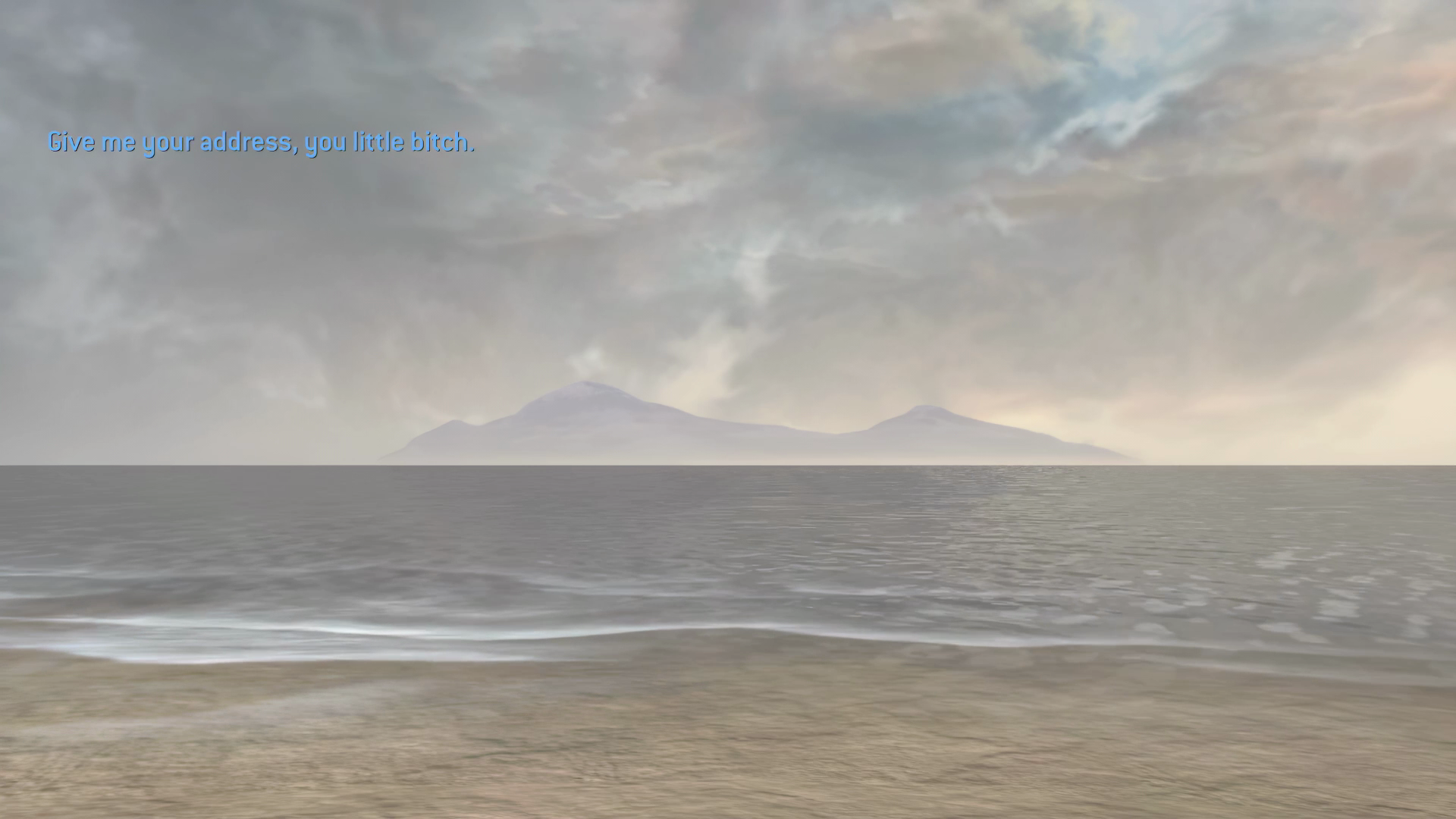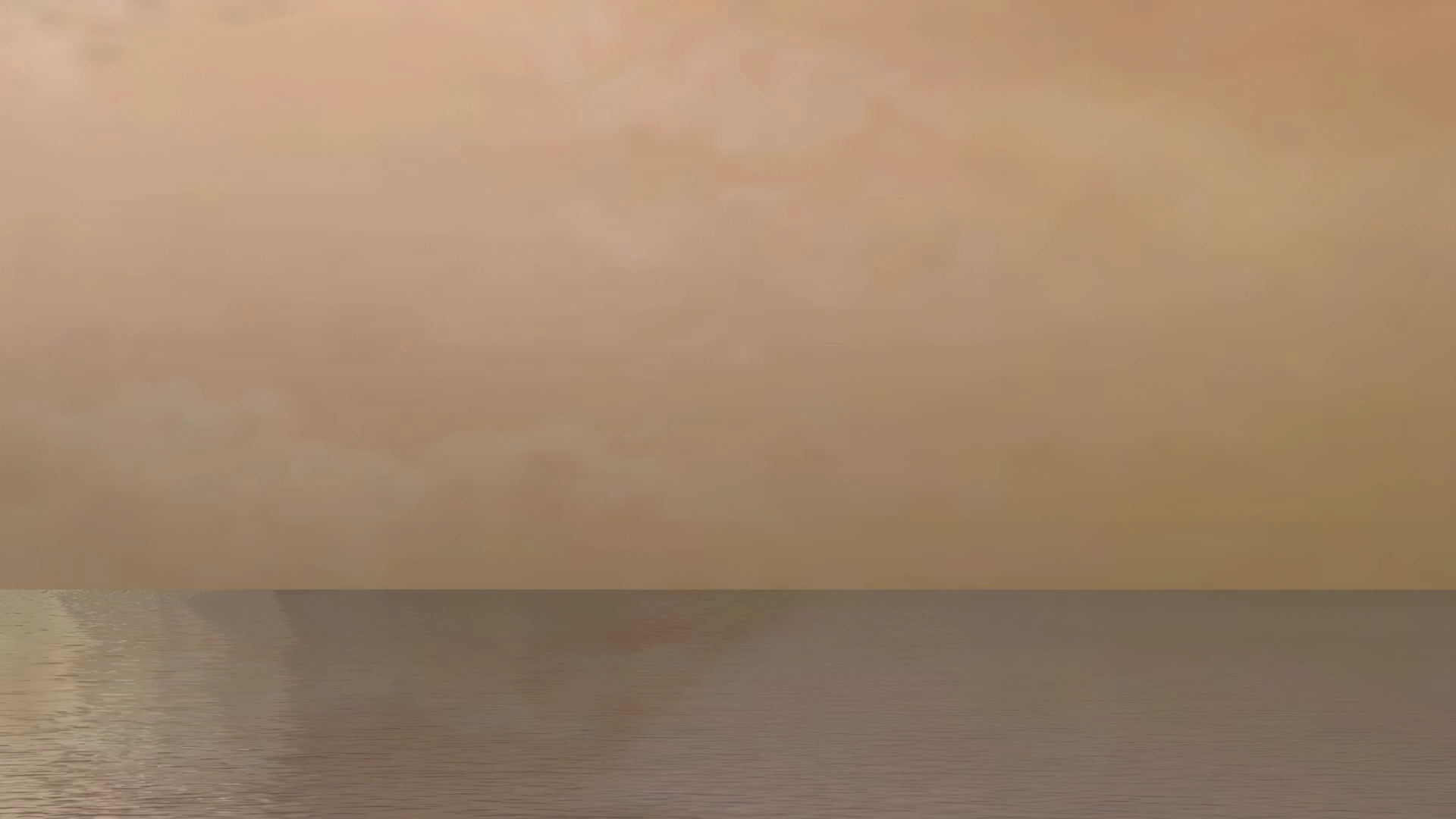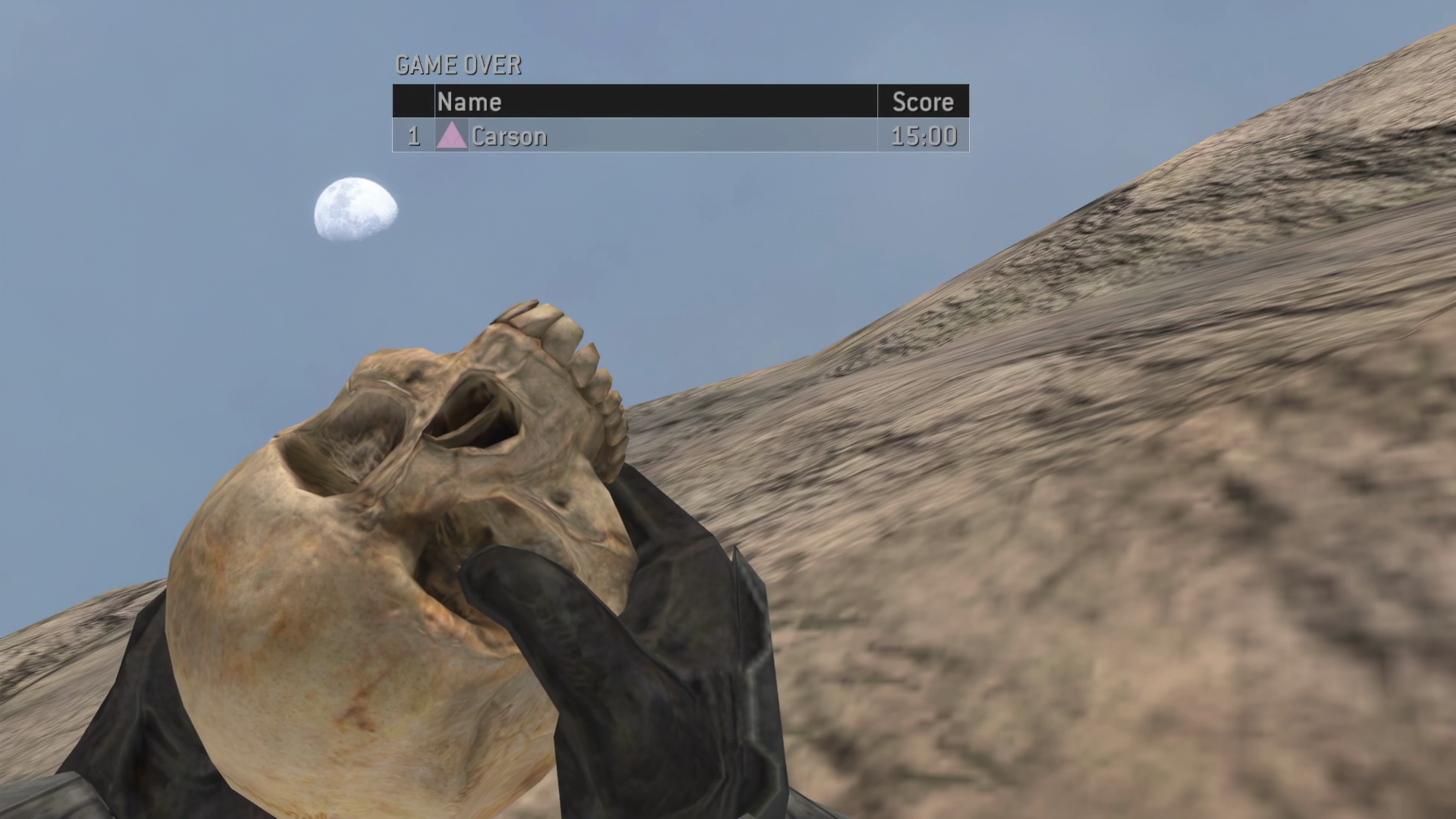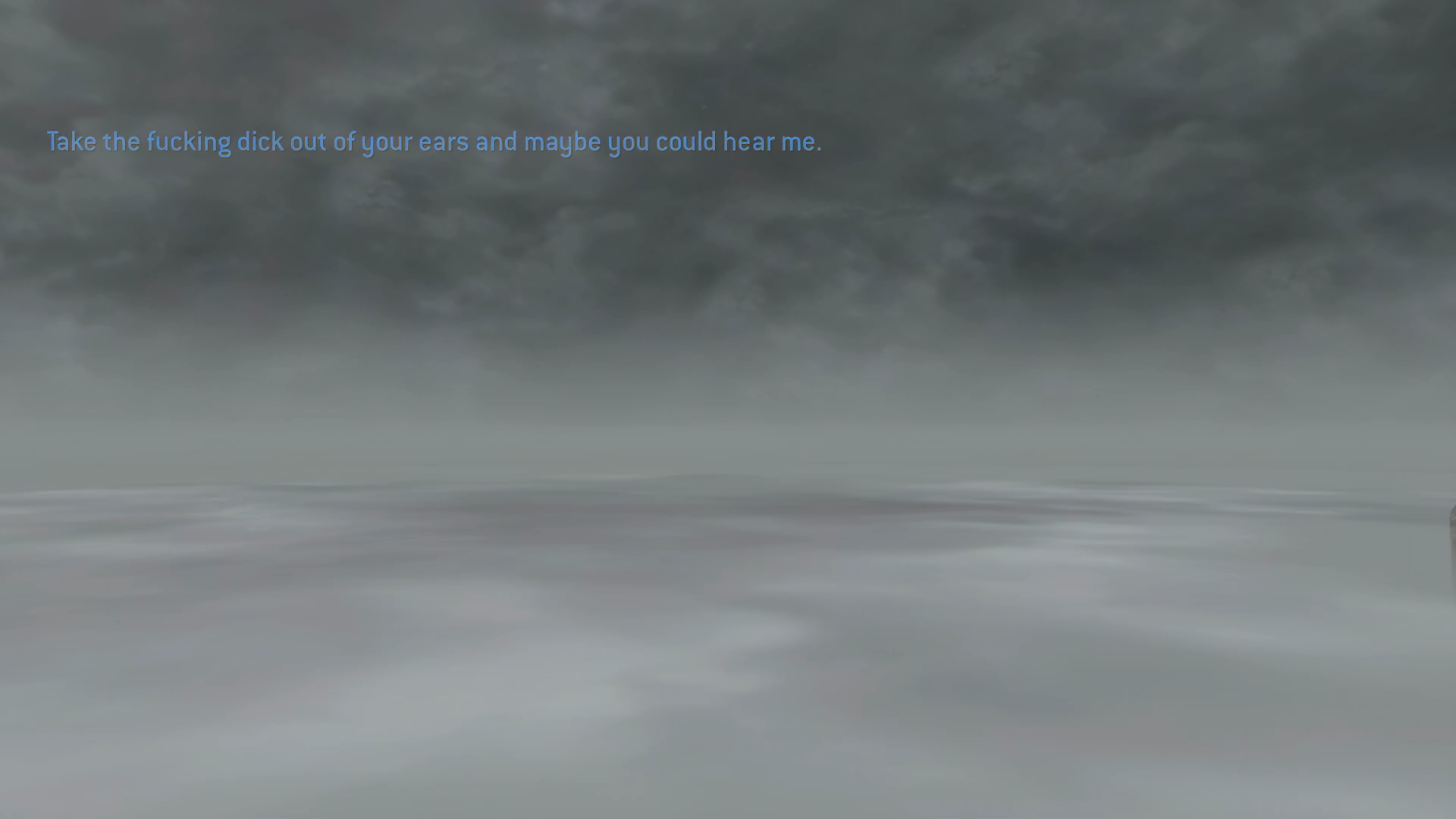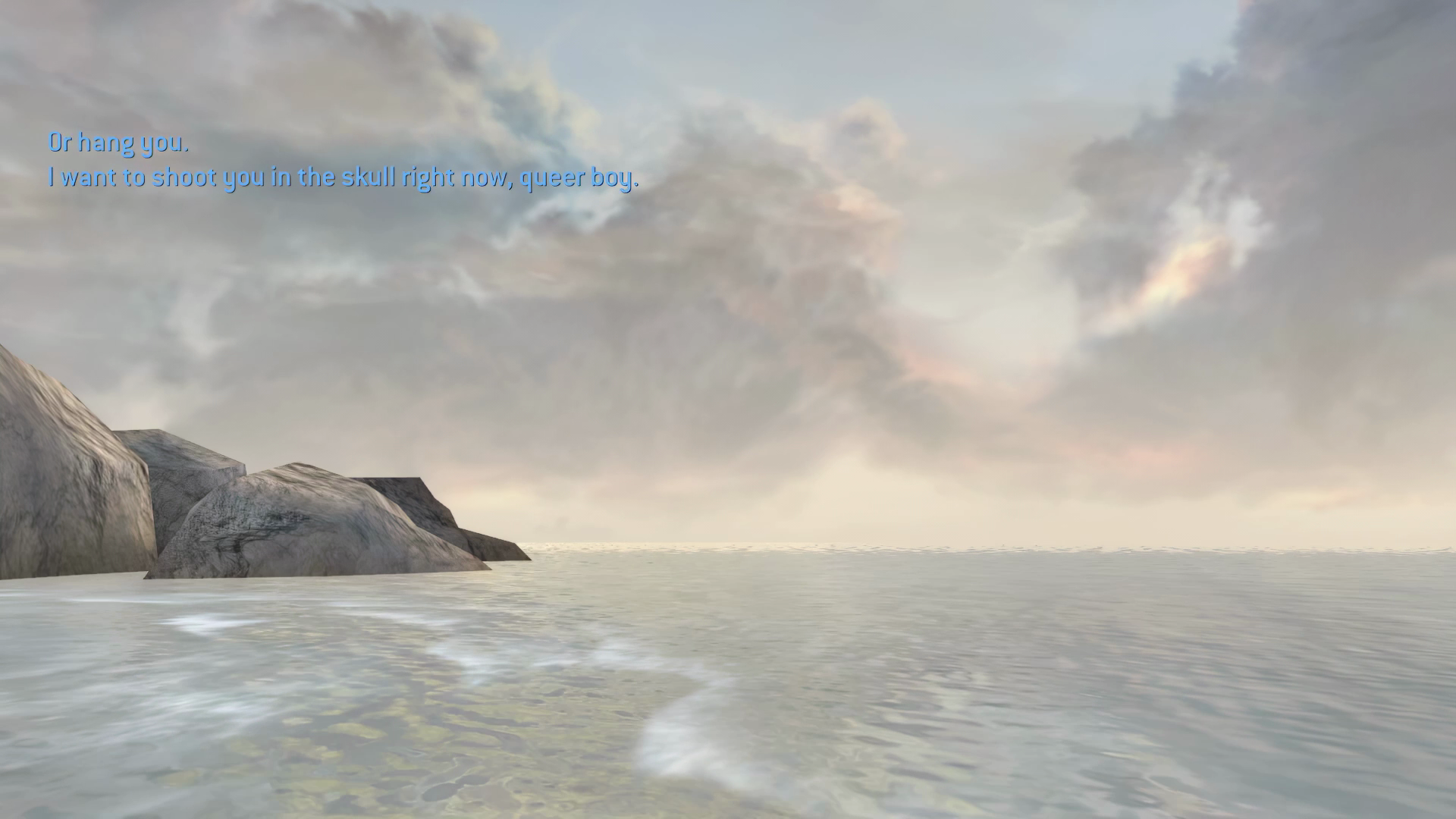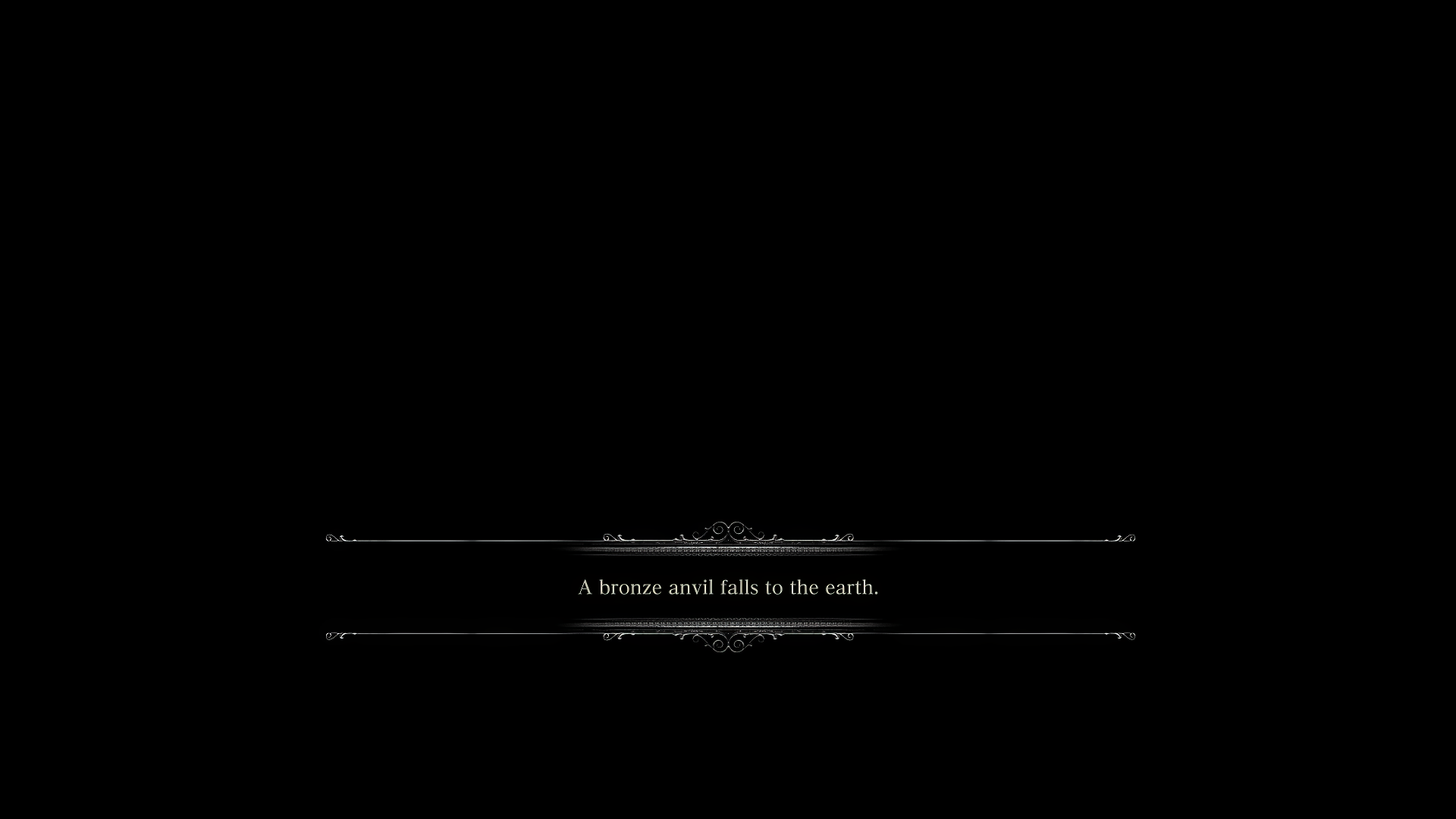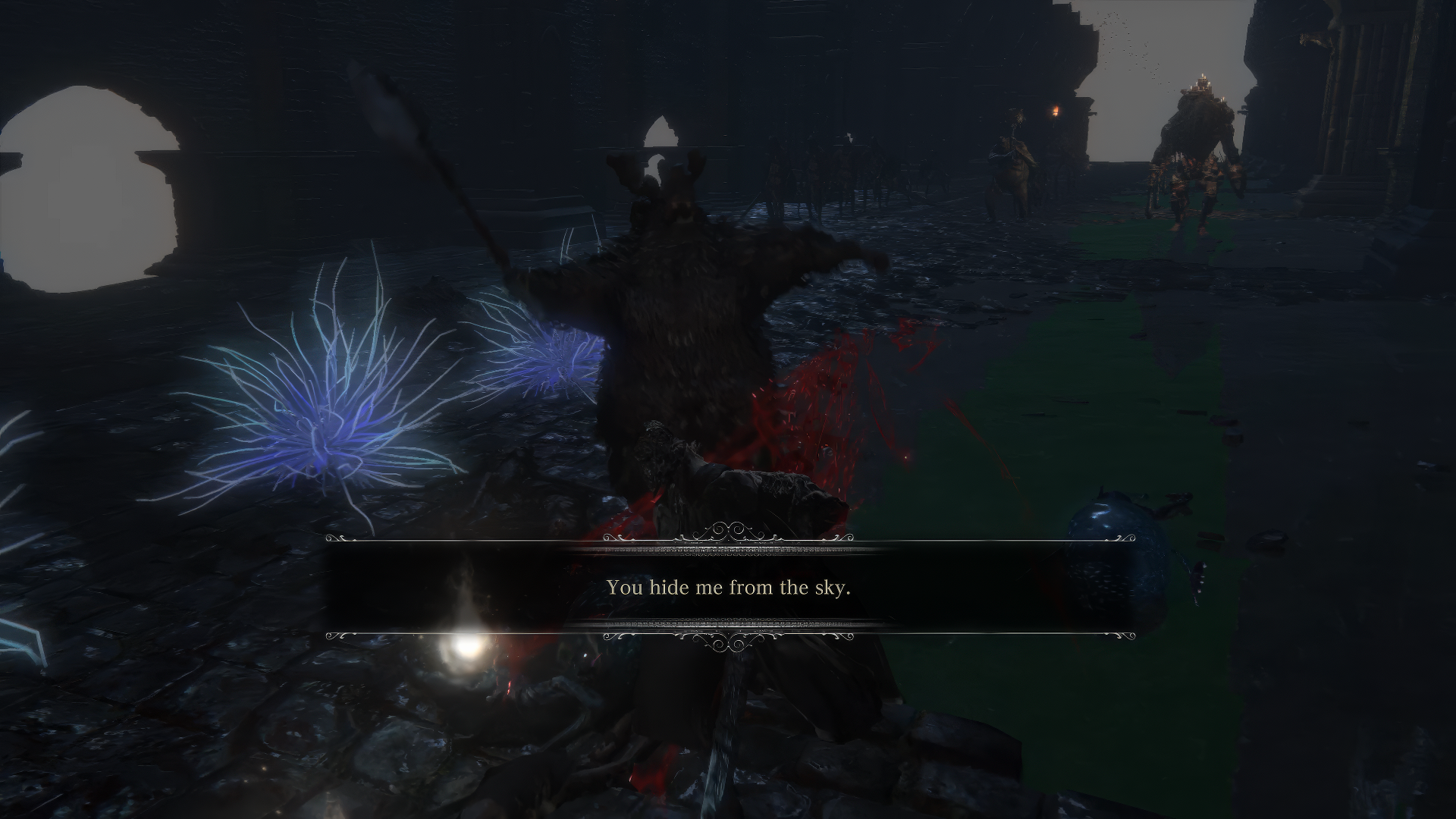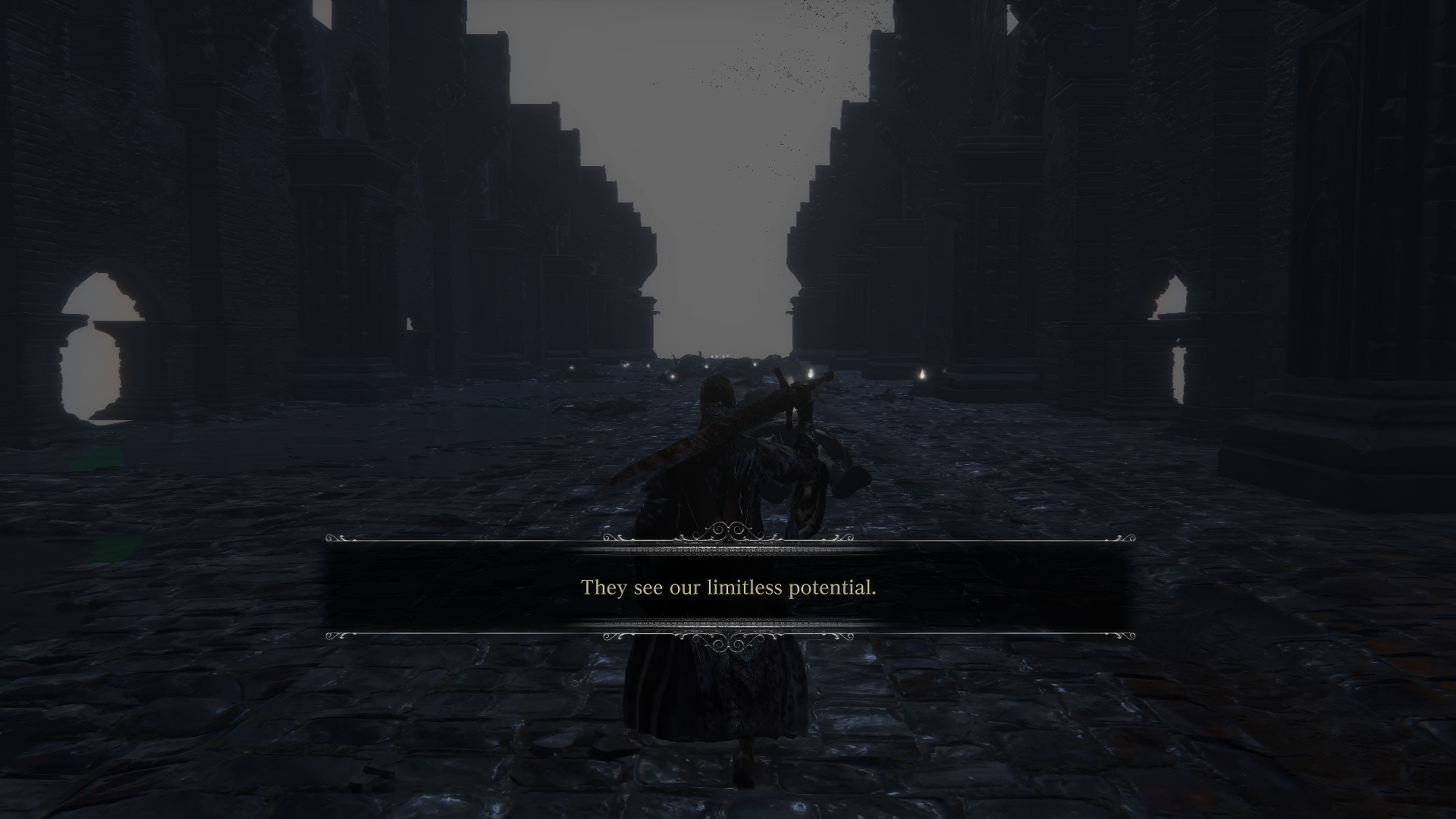Carson Lynn’s earliest machinima, Oddball (2019), introduced the foundational themes and stylistic elements that echo throughout his subsequent works, including A bronze anvil falls to the earth., Reversal Ring, and Storm and Stress. In these projects, Lynn explores the complex interplay between digital spaces and queer identity, employing video games as medium, message, and messenger. A set of recurring themes – the representation of bodies, the exploration of virtual spaces as sites of friction and refuge, the use of mechanics as analogies for non binary experiences, glitching as queering – permeate his creations. In this final installment about Lynn’s machinima production, we’ll focus on his inaugural work, Oddball.
Oddball is a poignant meditation on virtual embodiment and queer resilience within the battlegrounds of Halo 2. Thanks to the modification Project Cartographer, Lynn captures the raw intensity of in-game interactions and the futuristic landscapes of Microsoft Studios’s popular first-person shooter. By weaving together footage from the game with real conversations appropriated from player exchanges on YouTube between 2006 and 2010, Lynn crafts a context that moves beyond hyper-masculine competition – the expected/prescribed gaming experience – exploring themes of vulnerability, violence, and the search for safe spaces within fictional domains.
As the artist explains in the artwork’s accompaying text, Oddball draws inspiration from Aevee Bee’s 2015 personal essay, “I love my untouchable virtual body,” which tackled the concept of invulnerability within Bloodborne as a coveted but unattainable shield against real-world pain and trauma. Unlike Bloodborne’s fleeting moments of invincibility, Halo 2’s gameplay mechanics, where characters are unavoidably subjected to damage, decline and degradation, serve as a metaphor for the exposure and assault of the queer self in spaces rife with homophobia and aggression…
Matteo Bittanti
Works cited
Carson Lynn
A bronze anvil falls to the earth., digital video, color, sound, 6’ 35”, 2023
Reversal Ring, digital video, b&w, sound, 3’, 2022
Storm and Stress, digital video, color, sound, 3’ 45”, 2020
Oddball, digital video, color, 3’ 27”, 2019
This content is exclusive to Patreon subscribers. To gain full access, consider joining our vibrant community.


